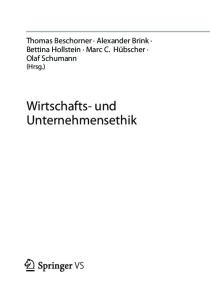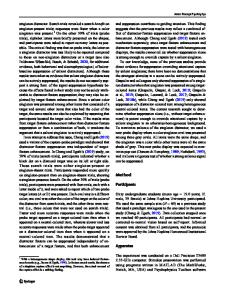Can carbon-implanted silicon be applied as wide-bandgap emitter?
- PDF / 553,366 Bytes
- 6 Pages / 612 x 792 pts (letter) Page_size
- 61 Downloads / 373 Views
MATERIALS RESEARCH
Welcome
Comments
Help
Can carbon-implanted silicon be applied as wide-bandgap emitter? D. J. Oostra, J. Politiek, C. W. T. Bulle-Lieuwma, D. E. W. Vandenhoudt, and P. C. Zalm Philips Research Laboratories, Prof. Holstlaan 4, 5656 AA Eindoven, The Netherlands (Received 14 July 1995; accepted 25 March 1996)
We examine the formation of Si12x Cx (x 0.04 –0.2) by means of CFy s y 0, 1, 3d implantation in p-type Si, for application as a wide-bandgap emitter in a Si heterojunction bipolar transistor. Upon implantation with 2.5 3 1016 CF1ycm2 at 45 keV, and subsequently with 2.5 3 1016 C1ycm2 at 30 keV, an amorphous top layer is formed. Annealing at temperatures up to 900 ±C leads to a layer consisting of nanocrystalline material. High resolution transmission electron microscopy and secondary ion mass spectrometry show that a well-defined nanocrystalline/crystalline interface is created at an anneal temperature of 550 ±C. At higher temperatures lattice defects start to develop. Preliminary attempts to dope the material via phosphorus or arsenic implantation indicate that temperatures of at least 900 ±C are required to activate a fraction of the implanted dopants. This, however, adversely affects the adlayer/substrate interface.
I. INTRODUCTION
Amorphous and microcrystalline Si have a bandgap of approximately 1.5 –1.6 eV.1 This property makes these materials interesting candidates for use as emitters in heterojunction bipolar transistors in Si technology. However, at the elevated temperatures necessary for dopant activation and metallization, amorphous Si recrystallizes easily. Recently, it was found2 that the addition of approximately 4% of C to amorphous Si greatly reduces recrystallization. Amorphous/microcrystalline Si with a percentage of C has subsequently been used for the fabrication of widebandgap Si heterojunction bipolar transistors. Kuwagaki et al.3 and Sugii et al.4 have deposited this type of material, which they call “Sicarb”, by means of plasmaenhanced chemical vapor deposition (PE-CVD). At our laboratory, similar material has been made with ultrahigh vacuum chemical vapor deposition (UHV-CVD) by Theunissen et al.5 Implantation of C to fabricate a wide-bandgap, crystalline, SiC layer has been investigated by Reeson et al.6 and by Martin et al.7 However, this technique of ionbeam synthesis necessitates very high temperature anneal steps, usually around 1300 ±C, to obtain a redistribution of C against the concentration gradient and to remove the radiation damage such that a stoichiometric SiC layer is formed on top of a defect-free silicon. Unfortunately, such high temperature treatments may lead to a redistribution of dopant impurities in the Si substrate and to impurity movement into the active regions. In this paper we investigate the possibility of creating Sicarb-material by means of ion implantation. Low-dose, low-energy C implantation by means of CFy1 s y 0, 1, 3d ions is performed to create J. Mater. Res., Vol. 11, No. 7, Jul 1996
amorphous Si which contains 4–20% C. Th
Data Loading...










